- Home
- slideshows
- miscellaneous
- How Nintendo's handheld video game consoles have evolved over the past 30 years, from the original Game Boy to the Switch
How Nintendo's handheld video game consoles have evolved over the past 30 years, from the original Game Boy to the Switch
Game Boy (1989) — $89

Game Boy Color (1998) — $80
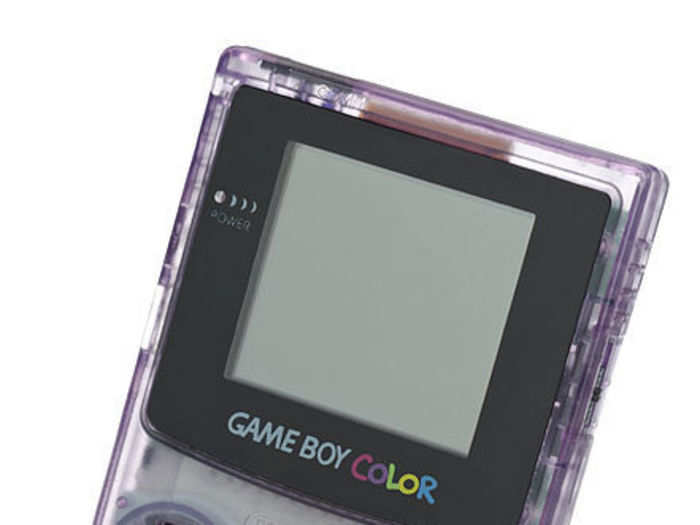
As the name might suggest, the Game Boy Color was Nintendo's first handheld to feature a color screen. The Game Boy Color arrived nearly a decade after the original, providing a hardware upgrade for the more demanding games of the late '90s. However, the system mostly served as a stop-gap until the release of the next-generation Game Boy Advance in 2001.
The Game Boy Color still saw more than 500 releases in that three-year span, though many of those games were still playable on the original Game Boy. The Color could also play classic Game Boy games, and would give them a basic color scheme to highlight their visuals.
Game Boy Color (1998) — $80

As the name might suggest, the Game Boy Color was Nintendo's first handheld to feature a color screen. The Game Boy Color arrived nearly a decade after the original, providing a hardware upgrade for the more demanding games of the late '90s. However, the system mostly served as a stop-gap until the release of the next-generation Game Boy Advance in 2001.
The Game Boy Color still saw more than 500 releases in that three-year span, though many of those games were still playable on the original Game Boy. The Color could also play classic Game Boy games, and would give them a basic color scheme to highlight their visuals.
Game Boy Advance (2001) — $100
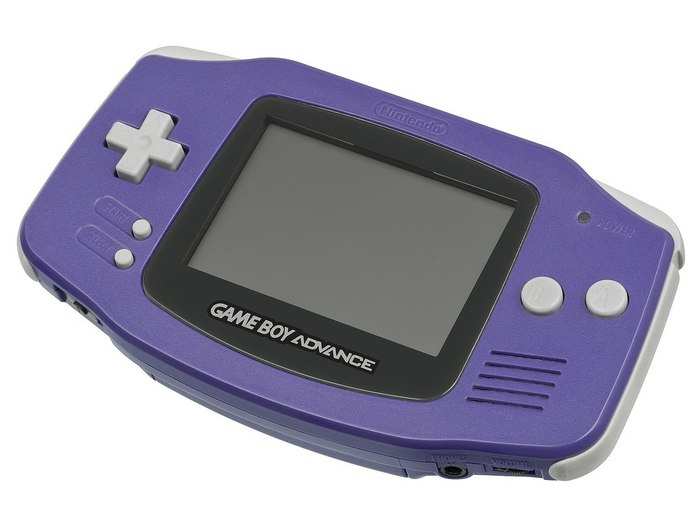
The Game Boy Advance was a strong follow-up to the Game Boy Color, representing a significant improvement in handheld hardware.
The 32-bit Game Boy Advance was strong enough to handle games that were once exclusive to home consoles, letting players take their favorite classics on the road. This also gave game developers a chance to revisit some of the most popular genres of the '90s for a new audience.
The GBA was fully backwards compatible with prior Game Boy games, too, rewarding customers who were loyal to the family of handhelds.
Game Boy Advance SP (2003) — $130
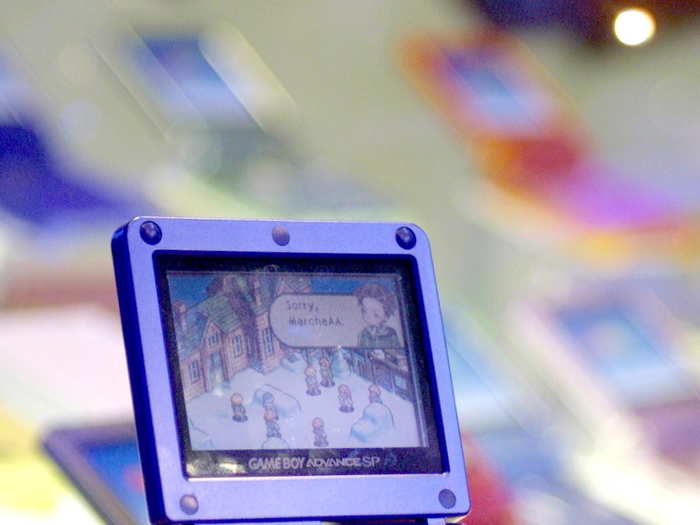
The key features of the Game Boy Advance SP offered a glimpse of Nintendo's future handheld innovations.
Arriving alongside the smartphone boom, the foldable GBA SP offered a better form factor than the standard Game Boy Advance, and the SP was the first Nintendo handheld to have a rechargeable battery. The Game Boy Advance SP also added a backlight to the infamously dark Game Boy Advance screen.
Nintendo DS (2004) — $150
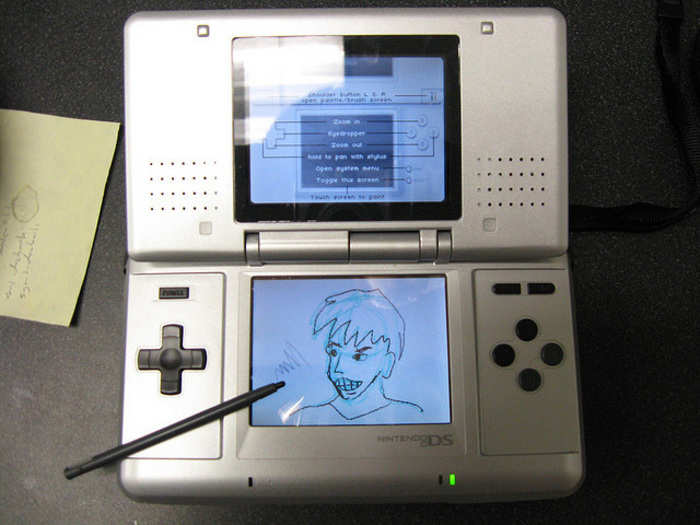
The second screen and touch controls of the original Nintendo DS helped bring about a new era in handheld gaming. Games designed for the lower touchscreen gave the console a great casual appeal while ambitious developers worked to create more engaging games that made use of both screens.
The DS was the first handheld Nintendo console with the horsepower to play 3D games, allowing for ports from the N64 and some original 3D titles. The original-model DS was also backwards compatible with the Game Boy Advance, giving the console an extended catalogue with a number of classics dating back to the Super Nintendo.
Game Boy Micro (2005) — $100
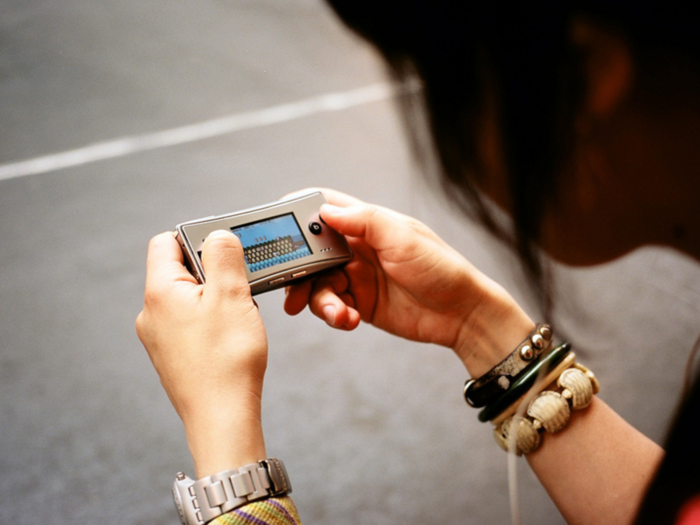
Nintendo also released the Game Boy Advanced Micro in 2005, after its successor — the Nintendo DS — was already on the market.
The console was less than five inches wide and lacked the ability to play Game Boy and Game Boy color games.
Nintendo DS Lite (2006) — $150
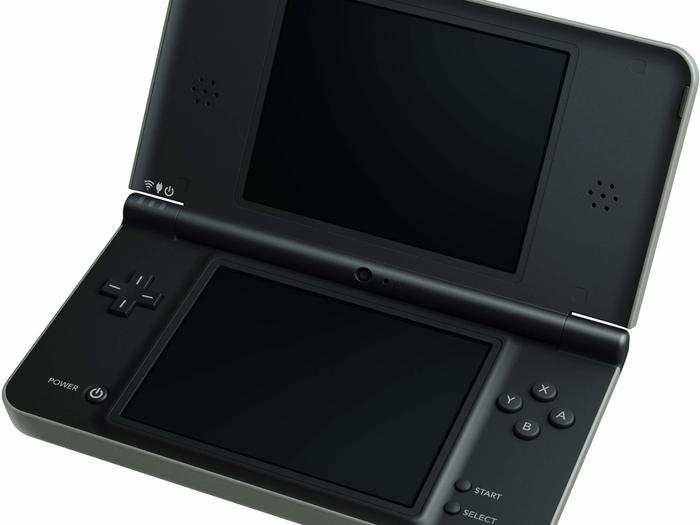
Nintendo created two updated models of the handheld, the DS Lite and the DSi Lite, improving the rechargeable battery and adding a camera to the DSi. The DS family is actually Nintendo's best-selling console of all-time, with more than 150 million units sold worldwide.
The DS enjoyed a library of games that were both unique and impressive, offering experiences that couldn't be matched on a regular home console, or even on the PlayStation Portable — which, on paper, was a more powerful console.
Nintendo 3DS (2011) — $250
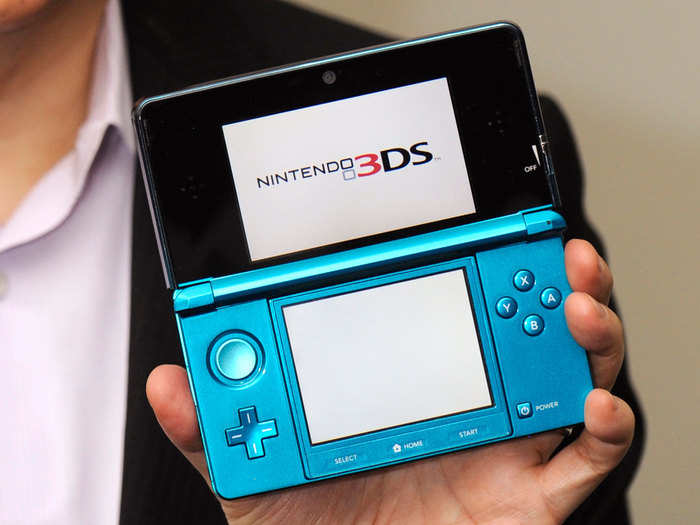
The main hardware innovation of the Nintendo 3DS was its 3D screen, which offers stereoscopic 3D images without special glasses or any extra accessories.
However, the 3D features ultimately became one of the more forgettable parts of the console, only used by a handful of games to any meaningful effect.
Nintendo 2DS (2013) — $130
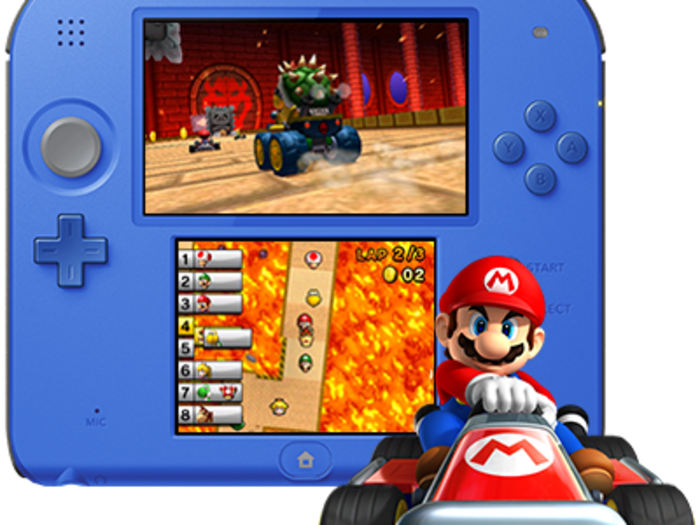
The 3D functionality was so unpopular that Nintendo eventually shipped a version of handheld with no stereoscopic screen. The 3DS went on to succeed as an upgraded version of the original DS, complete with backwards compatibility.
The system is the first Nintendo handheld to utilize digital content, with a digital shop that proved more worthwhile than the ones on the Wii or Wii U. The console also made notable improvements to the DS' online functionality and overall data management system.
New Nintendo 3DS (2015) — $200
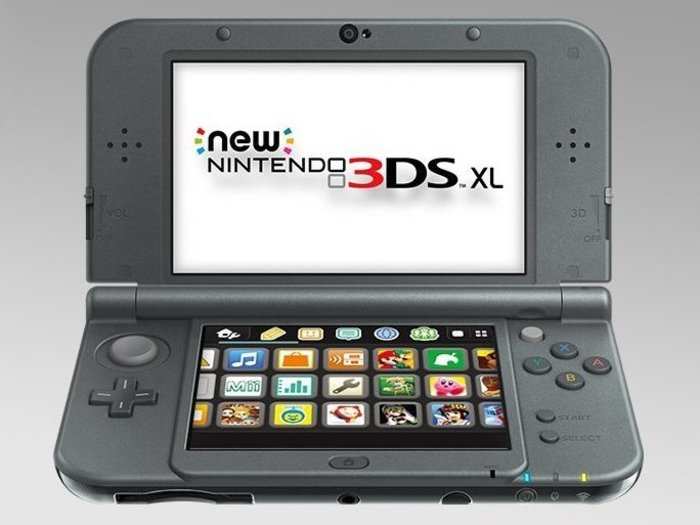
The New Nintendo 3DS offered a final hardware improvement for the portable console, with standard and "XL" sizes.
With the upgraded hardware of the New 3DS, developers have been able to make games specifically for the portable platform with few compromises.
While the technology of the 3DS was not as ground-breaking as the original DS at release, Nintendo's repeated revisions of the console have given it a long, healthy lifespan.
Nintendo Switch (2017) — $300
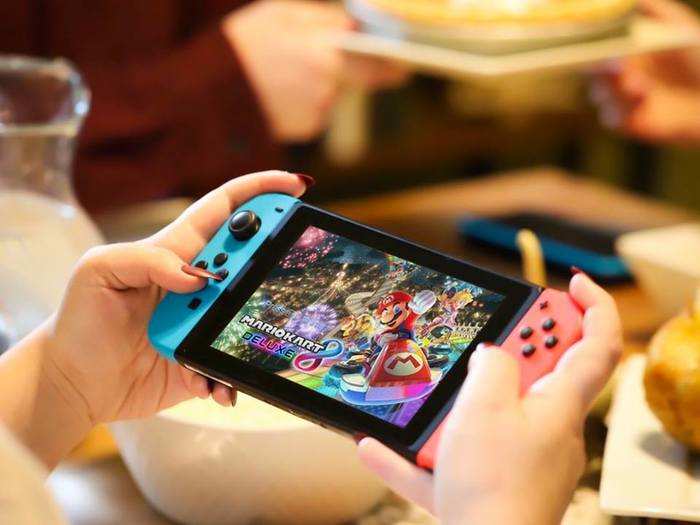
While the Switch is still a very young console, it has succeeded in blending the best of Nintendo's handheld and home console offerings into a single package.
In portable mode, the Switch functions like a way-more-powerful Game Boy with a touchscreen, but the controls can also be separated from the screen for a two player experience on the go. When at home, a docked Switch functions as a modern TV console.
With the Switch, Nintendo has also managed to correct some of the online infrastructure issues that plagued prior Nintendo consoles. The eShop feels more functional than ever on Switch, and the wide variety of digital titles addresses the problems Nintendo's Wii and Wii U faced with third-party support.
And even though it's been less than two years since it launched, the Switch has already had its fair share of amazing games, including "The Legend of Zelda: Breath of the Wild" and "Super Mario Odyssey."
f the Switch keeps up a healthy pace of growth and developers continue to support it, it could slowly climb this list and become Nintendo's best console.
Popular Right Now
Popular Keywords
Advertisement